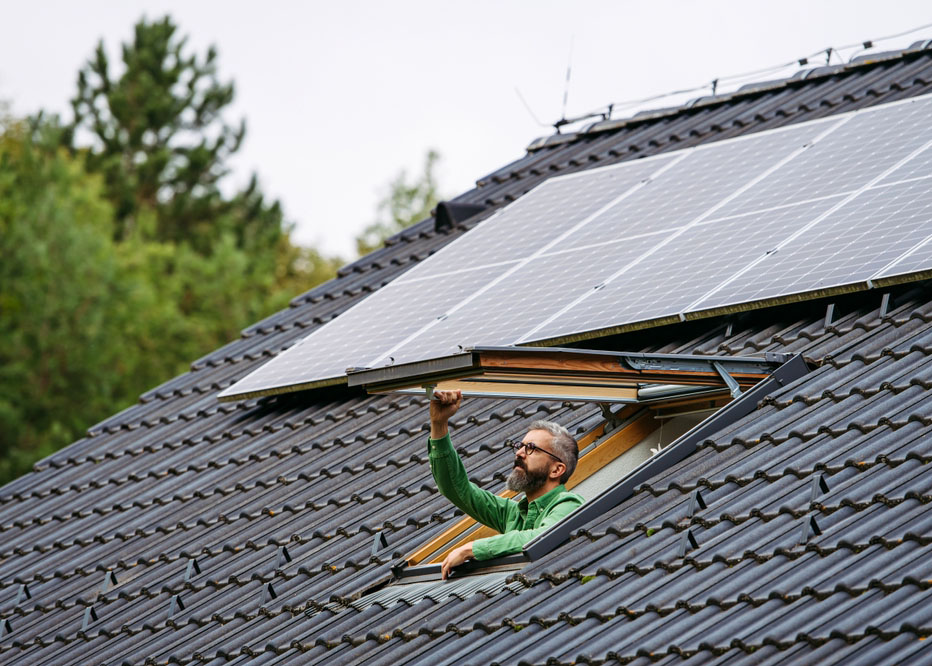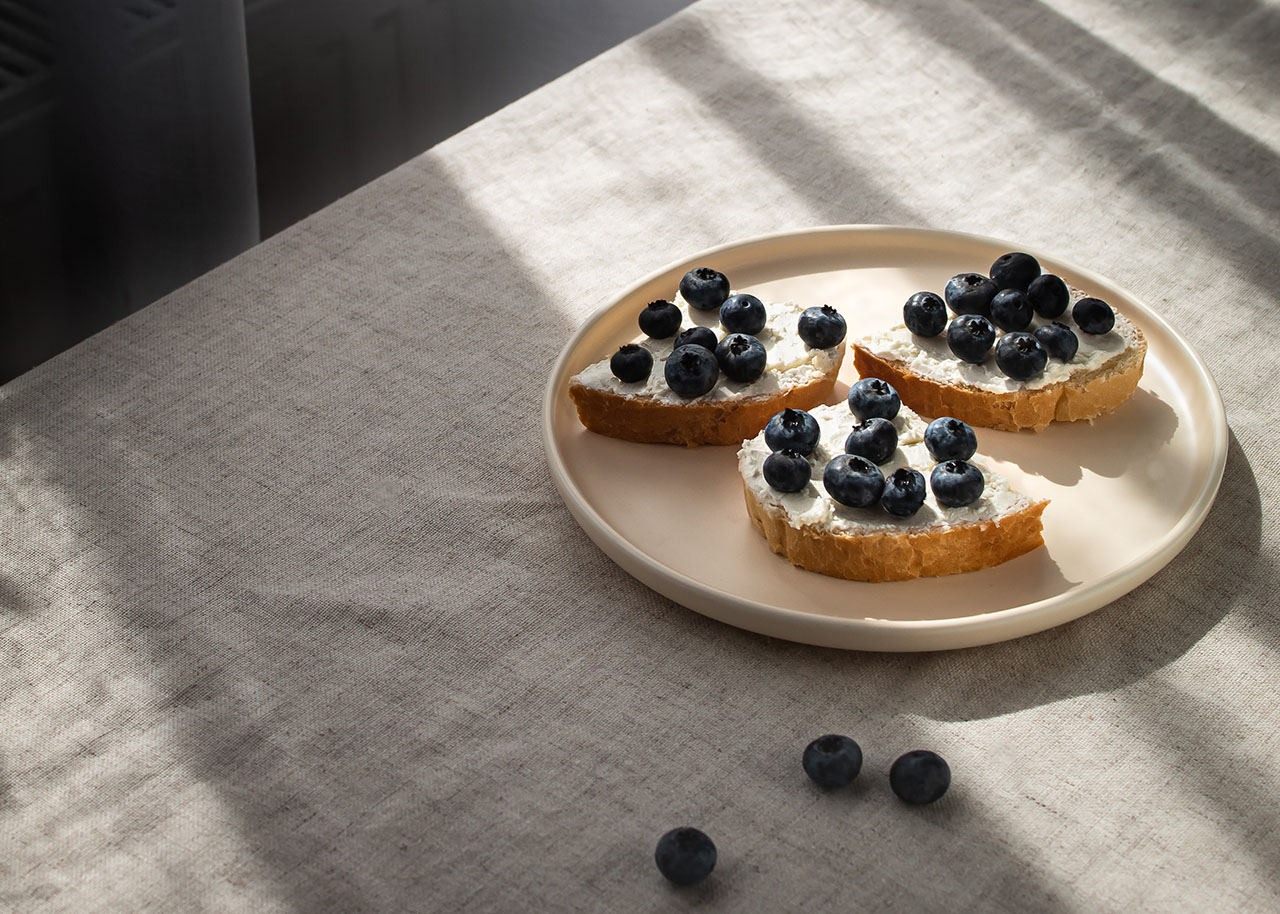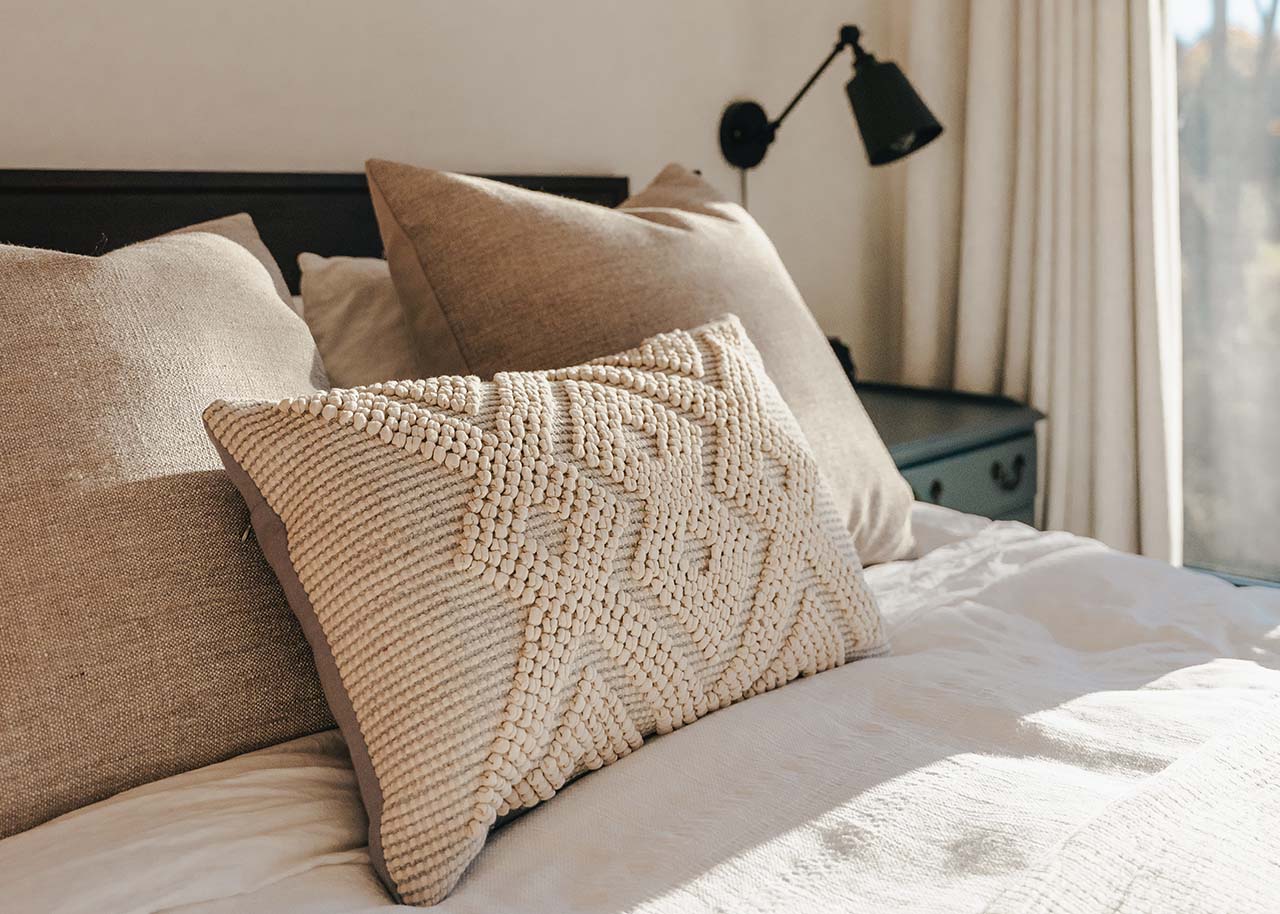(collaborative post)
It is no secret that day-to-day life can be stressful and hectic. It can be hard to slow down and enjoy each moment when you’re constantly encouraged to rush about and complete daily tasks. With this rush comes convenience and choosing an easy lifestyle at home, which doesn’t just hinder slow living, but also affects the environment.
Creating an eco-conscious home that supports slow living is more important than ever. With modern life having a huge impact on the environment and no time to enjoy every moment and make intentional decisions, it is vital to have a retreat to escape the hustle and bustle, slow down and help our environment while doing this.
Slow living takes you away from convenience and urgency and makes you think carefully about every decision you make. It focuses on living intentionally, finding a balance between hectic daily life and time to yourself, and even pushes you toward sustainability to reduce your emissions and make a positive change to our planet. Having an eco-friendly home is a massive step toward embracing slow living and creating your very own sanctuary that feels like a world away from the stress of life.
You see, an eco-conscious home does more than just minimise environmental impact. It supports well-being, encourages mindfulness and reflects a commitment to living harmoniously with nature. Whether you live in a countryside cottage or a city flat, embracing a slower, greener lifestyle begins with the choices you make about your space.
Rethinking Energy Use with Intention
A great place to start with creating an eco-conscious, slow living home is your energy consumption. A lot of modern households use up a lot of energy and waste it too. This is because we rely on appliances and gadgets that take power even when they are not in use. When you embrace slow living, you are more inclined to notice your energy usage. You can gain an awareness of your energy footprint, both for the planet and your inner peace. A way to begin this mindset is to become curious about where and how your energy is used.
Try to get into a routine of simple habits like switching off lights when leaving a room, unplugging chargers or choosing energy-efficient appliances. These habits can work together to make a huge difference. But eco-conscious living isn’t just about cutting back. It’s about making energy choices that match your values. Choosing renewable energy providers, or even investing in solar panels, can be a powerful way to reduce dependence on fossil fuels.
Homeowners in older properties may find that outdated electrical systems are holding them back from making energy-efficient upgrades. This is where local expertise can be helpful. Many people consult professional electrical services in Berkshire to assess and improve their systems, ensuring their homes can support eco-friendly technologies without compromising safety or comfort.

Embracing Natural Materials and Minimalism
Every material you bring into your home sets the personality and atmosphere for your home. It also shows people your values and tells a story about who you are as a person. This is why choosing natural, sustainable materials like reclaimed wood, organic cotton, stone, bamboo and clay can be a great way to show your lifestyle and who you are. These types of material don’t just create a stunning home that feels like yours, but they also help the planet along the way. They can help to reduce waste and support the ethical production of furniture and décor. On top of this, these materials are long-lasting and age beautifully. They are strong and durable for you to enjoy a lavish home for years to come, gaining character over time and providing you with a healthy, long-term relationship with your personal items.
These types of interiors shouldn’t be minimalist or done to perfection, creating a show home atmosphere. They can still be full of personality and reflect who you are because it’s all about investing in fewer, better-quality things rather than lots of things that easily wear and tear. You need to let go of the pressure to constantly redecorate or replace. Instead, you should change your home slowly over time and integrate more used items that are still in perfect shape. You may find a second-hand dining table at a local market, hand-stitch your curtains from leftover linen, or mend a cracked ceramic bowl instead of tossing it out.
Designing for Natural Light and Ventilation
Another great way to be considerate of your energy use and environmental impact is to design your home for natural light and ventilation. This means that before you reach for the light switch or thermostat, it’s worth thinking about how your home can work with nature to bring you comfort. If you design your home for optimal natural light, you won’t just reduce electricity use, but you will also improve your wellbeing. Arrange your living areas to make the most of the sun’s path into your home, and choose window treatments that let in as much daylight as possible during the colder months.
Good ventilation is equally important. Having ceiling fans, cross-breezes and breathable materials can help to keep your space cool without the need for air conditioning. Similarly, having the heating on less or using smart controls to turn off the heating in unused rooms can keep your home warm in the colder months without wasting energy. Adding plenty of indoor plants can be a great addition to help purify the air, connect you to nature and bring a bit of calm into our daily routines.
Slowing Down Maintenance and Cleaning
Because it is easy to live in a rush, even cleaning your home has probably become a rushed chore that you don’t care about; you just want it to get done. This leads to cutting corners and relying on harsh chemicals and fast-acting sprays. It’s best to slow down cleaning and take a greener approach to fully adopt this lifestyle. This makes you start using simple, non-toxic methods of home care. Use solutions like natural cleaning agents, such as vinegar, lemon, baking soda and essential oils. These are very effective and also safe for pets, children and the environment.
Looking after your home doesn’t have to be a chore. If you take in the moment of cleaning and move through your space slowly and intentionally, you can actually enjoy cleaning time. Taking time to dust a windowsill, polish a wooden table and air out linens, you can boost your mental wellbeing and build a deeper relationship with your environment.
Working with Nature
Ultimately, an eco-conscious home is one that works with nature and its changing seasons. This means embracing seasonality not just in your food, but in your habits. You may open the windows wide in spring, soak up candlelight in the winter, and let the pace of your daily life adjust with the daylight hours.
Living seasonally also encourages you to be more grateful. As you become more aware of your environment- the sounds, scents, and temperature changes that come with each month- you may find yourself more present in your own life.
Creating an eco-conscious home that supports slow living isn’t about achieving perfection. It’s about making small, thoughtful choices that honour the planet and the pace of life you want to lead. By doing this you create your perfect haven to retreat to and escape the hustle and bustle of daily life.
This post was published in collaboration with a content partner. The article is meant to inspire you how to live a slow, simple, soulful and sustainable lifestyle and may contain (affiliate) links to articles, websites or products/services that may be of interest to you.
Would you like to receive inspiration from The Slow Living Guide regularly?
Sign up for the newsletter here.



